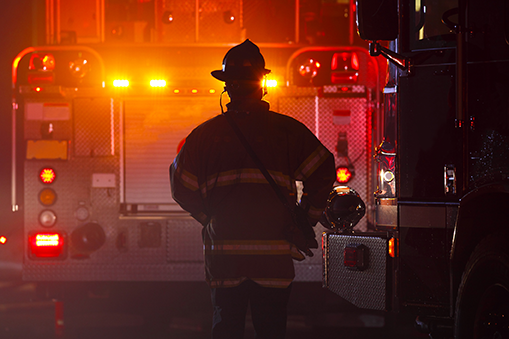EMERGENCY NUMBER 888-883-6308 | Non Emergency Number 888-806-8152
Damage Prevention
Enterprise Products Damage Prevention Program
Our Damage Prevention Program is designed to prevent damage to our pipelines and facilities from excavation activities such as digging, trenching, blasting, boring, tunneling, backfilling, etc., or other activities such as heavy equipment crossings or storage of heavy objects on the right-of-way. As applicable, the appropriate stakeholders will be notified of the nature and timing of scheduled maintenance or construction activity on an Enterprise pipeline.
An Important Message About Pipeline Safety
The U.S. Department of Transportation statistics confirm pipelines are the safest means of transporting energy. Approximately two-thirds of the natural gas, crude oil and refined petroleum products we use in our everyday lives are transported through underground pipelines – making them an essential component of our nation’s infrastructure.
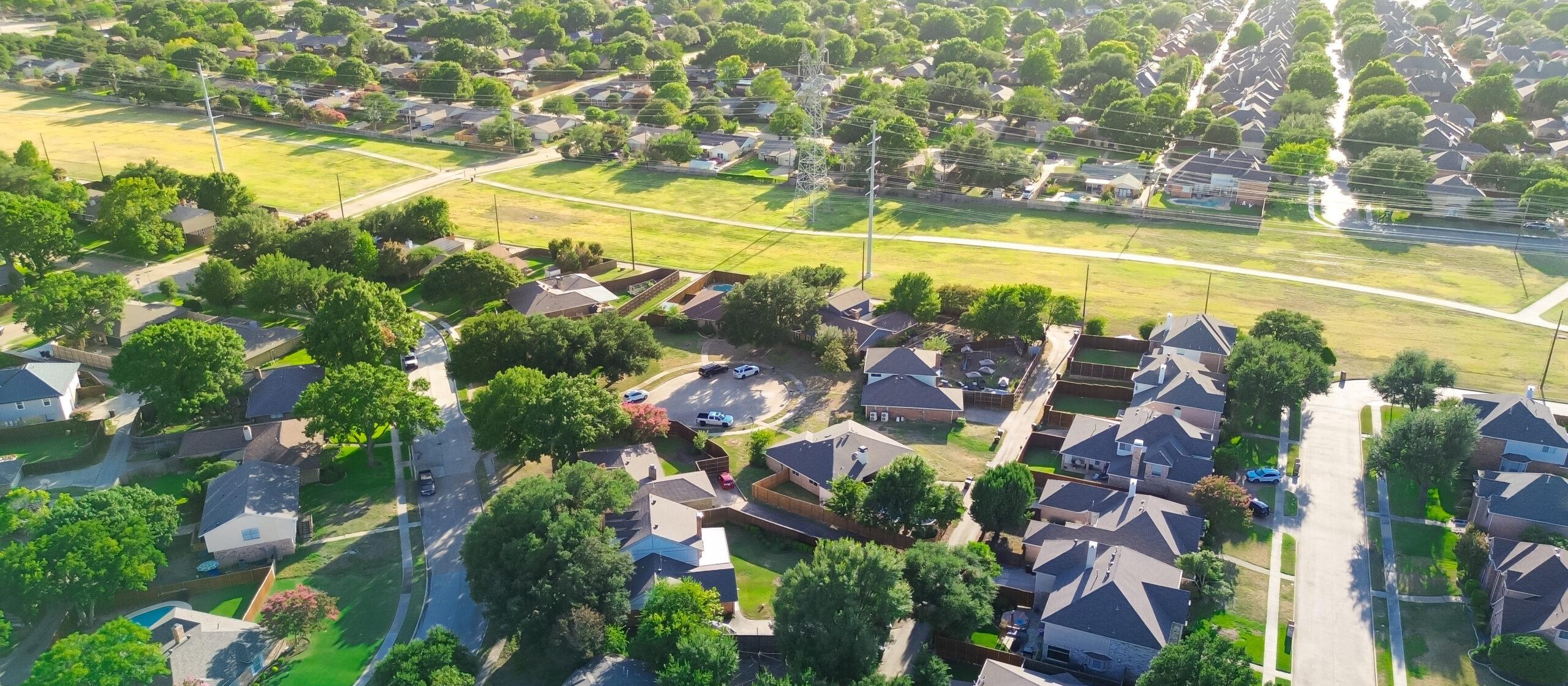
Call or Click Before You Dig
Damage from excavation-related activities is a leading cause of pipeline accidents. If you are someone who lives, works or conducts farming activities (i.e., drainage/irrigation, fencing, trenching, etc.) near one of our pipelines, it is important to ALWAYS contact 811 before excavating to help prevent pipeline emergencies.
The Plan is Simple
- Notify your state’s One-Call Center by dialing 811 or visiting call811.com at least two working days before excavation is scheduled to begin. (Some states may require 72 hours before excavation.)
- Wait the required amount of time.
- One of our trained technicians will mark the location at no cost to you.
- Respect the pipeline markers.
- Dig with care when working near the tolerance zone.
*Tolerance Zone: Enterprise defines the tolerance zone as 18 inches from the outer edge of the pipeline (in all directions), or as defined by State regulations, whichever is greater. Hand digging is required when excavating within the tolerance zone.
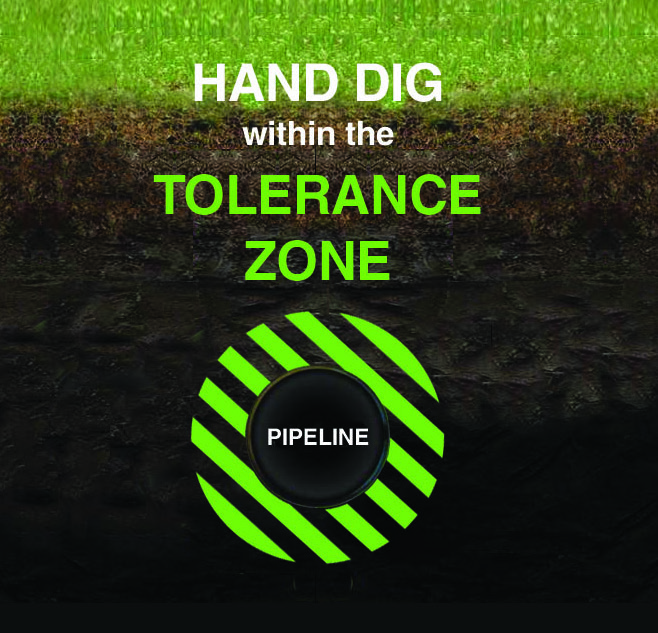
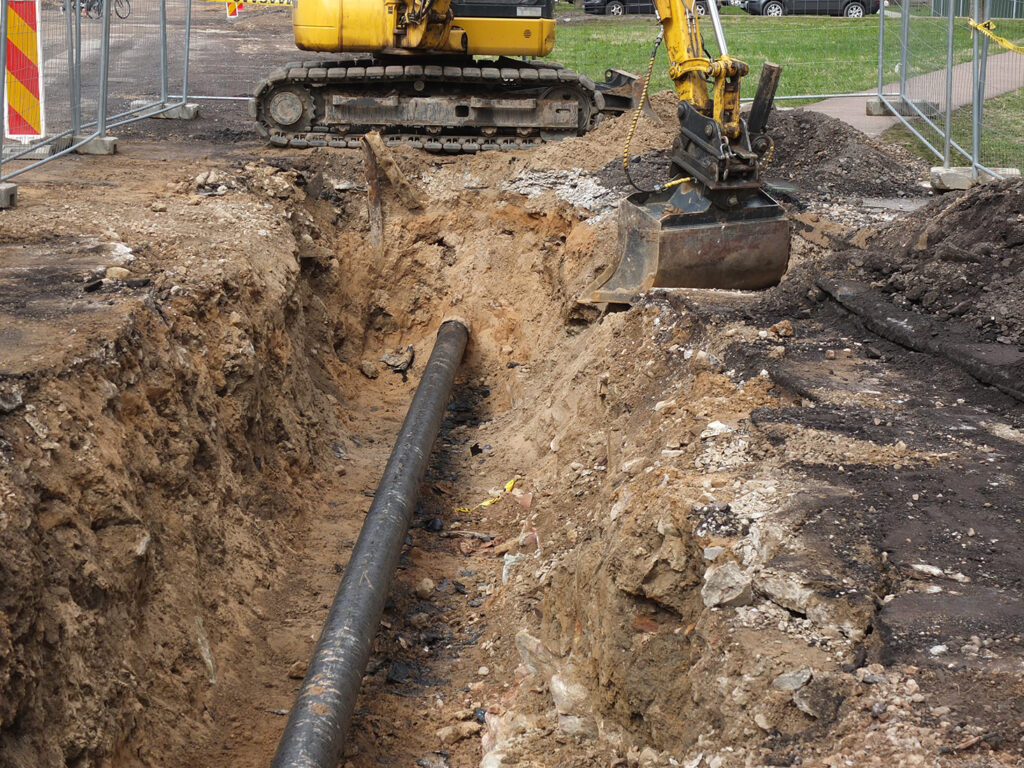
A gouge, scrape, dent or crease to a pipeline or its coating may cause a break or leak in the future. If you cause what could be considered even minor damage to a pipeline, please contact Enterprise immediately at 888-883-6308.
Report pipeline damages and releases. It’s the law.
Many states require reporting of excavation damages and releases to gas and liquid pipeline facilities. If your damage causes a release, from a safe location, immediately report it by calling 911 and Enterprise at 888-883-6308.
For more information on reporting requirements in your state, please visit the U.S. Department of Transportation website at: https://primis.phmsa.dot.gov/comm/damagePreventionsummary.htm
How can you tell where a pipeline is located?
Look for these signs:
Pipeline markers can be found along the right-of-way, and where the pipeline intersects a street, highway or railway. Pipeline markers are used to indicate the approximate location of the pipeline – do not rely on them to indicate the exact position of the pipeline, as it may not follow a straight course between markers.
Pipeline markers display:
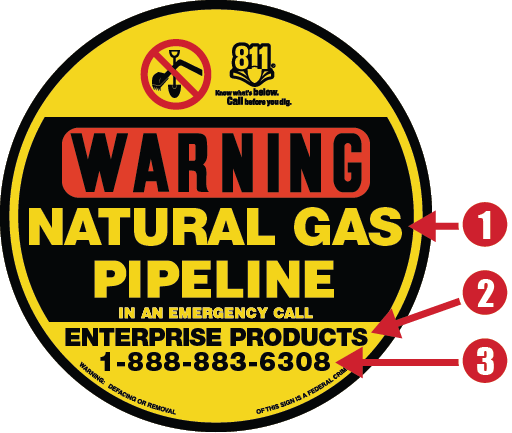
- The product(s) transported in the pipeline
- The name of the pipeline operator
- A telephone number where the operator can be reached in the event of an emergency
While markers are helpful in locating pipelines, they provide no information on the depth or number of pipelines in the vicinity. Please ensure that no buildings, structures, trees or other obstructions are erected, placed, or planted on or within the pipeline right-of-way. Pipeline markers are required by the U.S. Department of Transportation, and it is a federal crime to remove or relocate them.
National Pipeline Mapping System
The National Pipeline Mapping System (NPMS) provides information about operators of both gas and liquid transmission pipelines. To find out who operates pipelines in your area, visit the NPMS website at: www.npms.phmsa.dot.gov
Hazards and Prevention Measures

Prevention Measures
We implement a comprehensive pipeline Integrity Management Program (IMP) to maintain the reliability and safety of our pipeline systems. We do this through the use of inspection devices, pressure testing, regular and scheduled maintenance, aerial surveillance, corrosion prevention efforts, and 24-hour surveillance of the pipeline.
Products We Transport
The table below describes the types of products transported through our pipeline system(s). One or more of these products may be transported in your area. For information regarding our facilities and the products transported through them, visit our System Map at: www.enterpriseproducts.com/SystemMap
Natural Gas
Product: Natural Gas
Leak Type: Gas
Vapors: Lighter than air and will generally rise and dissipate. May gather in a confined space and travel to a source of ignition. Explosion hazards occur indoors, outdoors or in sewers.
Health Hazards: Easily ignited by high heat, sparks or flames and will form explosive mixtures with air. Vapor may cause dizziness or asphyxiation without warning and may be toxic if inhaled at high concentrations. Contact with gas or liquified gas may cause burns, severe injury and/or frostbite.
Crude Oil
Product: Crude Oil
Leak Type: Liquid
Vapors: Initially heavier than air and spreads along ground and collect in low or confined areas. Vapors may travel to source of ignition and flash back. Explosion hazards occur indoors, outdoors, or in sewers.
Health Hazards: Inhalation or contact with material may irritate or burn skin and eyes. Fire may produce irritating, corrosive and/or toxic gases. Vapors may cause dizziness or suffocation. Runoff from fire control or dilution water may cause pollution.
Refined Products (Gasoline, Diesel Fuel, & Jet Fuel)
Product: Refined Products (Gasoline, Diesel Fuel, & Jet Fuel)
Leak Type: Liquid
Vapors: Initially heavier than air and spread along ground and collect in low or confined areas. Vapors may travel to source of ignition and flash back. Explosion hazards occur indoors, outdoors or in sewers.
Health Hazards: Inhalation or contact with material may irritate or burn skin and eyes. Fire may produce irritating, corrosive and/or toxic gases. Vapors may cause dizziness or suffocation. Runoff from fire control or dilution water may cause pollution.
High Volatile Liquids (HVLS, Propane, Butane, Ethane, E/P Mix)
Product: High Volatile Liquids (HVLS, Propane, Butane, Ethane, E/P Mix)
Leak Type: Gas
Vapors: Initially heavier than air, spread along ground, collect in low lying areas and may travel to source of ignition and flash back. Product is colorless, tasteless and contains a slight hydrocarbon or pungent odor.
Health Hazards: Easily ignited by high heat, sparks or flames and will form explosive mixtures with air. Vapors may cause dizziness or asphyxiation without warning and may be toxic if inhaled at high concentrations. Contact with gas or liquefied gas may cause burns, severe injury and/or frostbite. Fire may produce irritating and/or toxic gases.
How to Recognize a Leak
By Sight
- A pool of liquid on the ground
- A rainbow sheen on water
- Dead or discolored vegetation
- Water bubbling or being blown into the air
- A low-lying, dense white cloud or fog originating near the pipeline
- Frozen ground near the pipeline
- Fire or explosion near the pipeline
By Sound
- An unusual hissing or roaring sound
By Smell
- Any strange or unusual gaseous odor near the pipeline
- Some Enterprise pipelines transport natural gas, which is odorless in its natural state, and may have Mercaptan added to odorize the product. Mercaptan is a chemical odorant that aides in leak detection and has a rotten egg smell
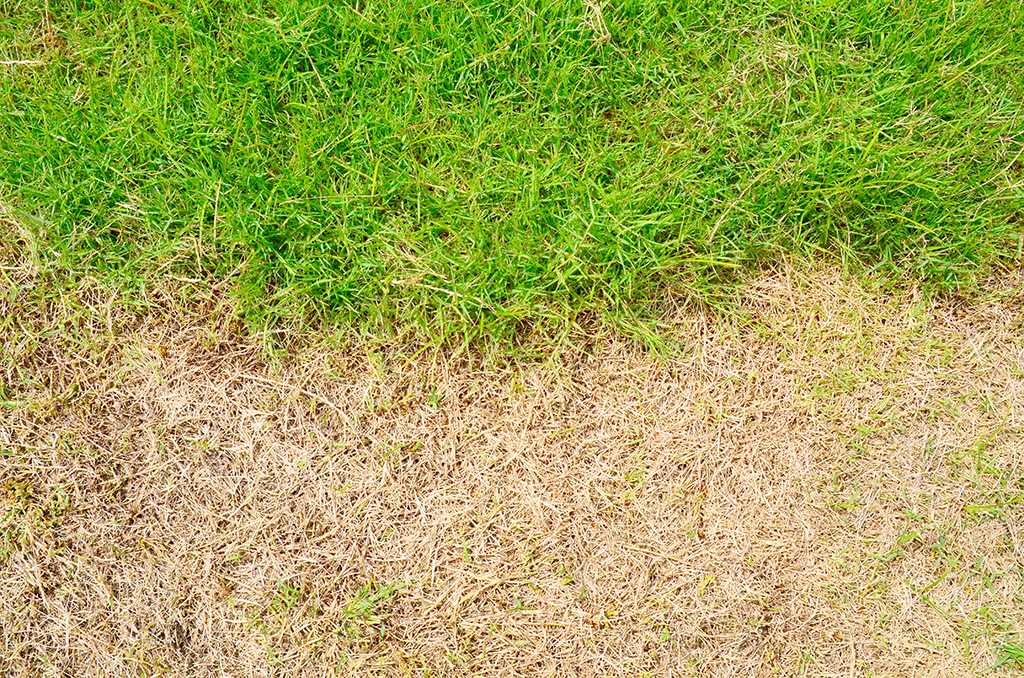
Dead, discolored vegetation

Water bubbling

Rainbow sheen on water
What To Do In a Pipeline Emergency
Your first concern should be for your personal safety and the safety of those around you.
Do
- Determine whether or not to shelter-in-place or evacuate based on guidance from local emergency response agencies.
- When evacuating, leave the suspected incident area immediately (or abandon any equipment being used in or near the area), walking upwind and uphill (if possible) and stay out of low-lying areas.
- If the decision is made to shelter-in-place, take shelter inside the nearest building and prevent outside air from flowing in. This can be done by closing windows, doors and turning off any ventilation systems, such as air conditioning or heat. Wait for official notification that it is safe to leave the shelter.
- From a safe location, immediately notify us at 888-883-6308 and notify your local emergency response agencies by dialing 911 to advise them of the emergency.
- Prior to the arrival of law enforcement officials, advise others not to enter the area.
Do Not
- DO NOT drive into an area in which you encounter a leak or vapor cloud.
- DO NOT light a match, start or stop an engine or automobile, use a telephone, or switch on/off an electric light or appliance.
- DO NOT attempt to extinguish any fire.
- DO NOT try to operate any pipeline valves yourself.
- DO NOT use a cell phone or other electronic devices near the suspected emergency area.
